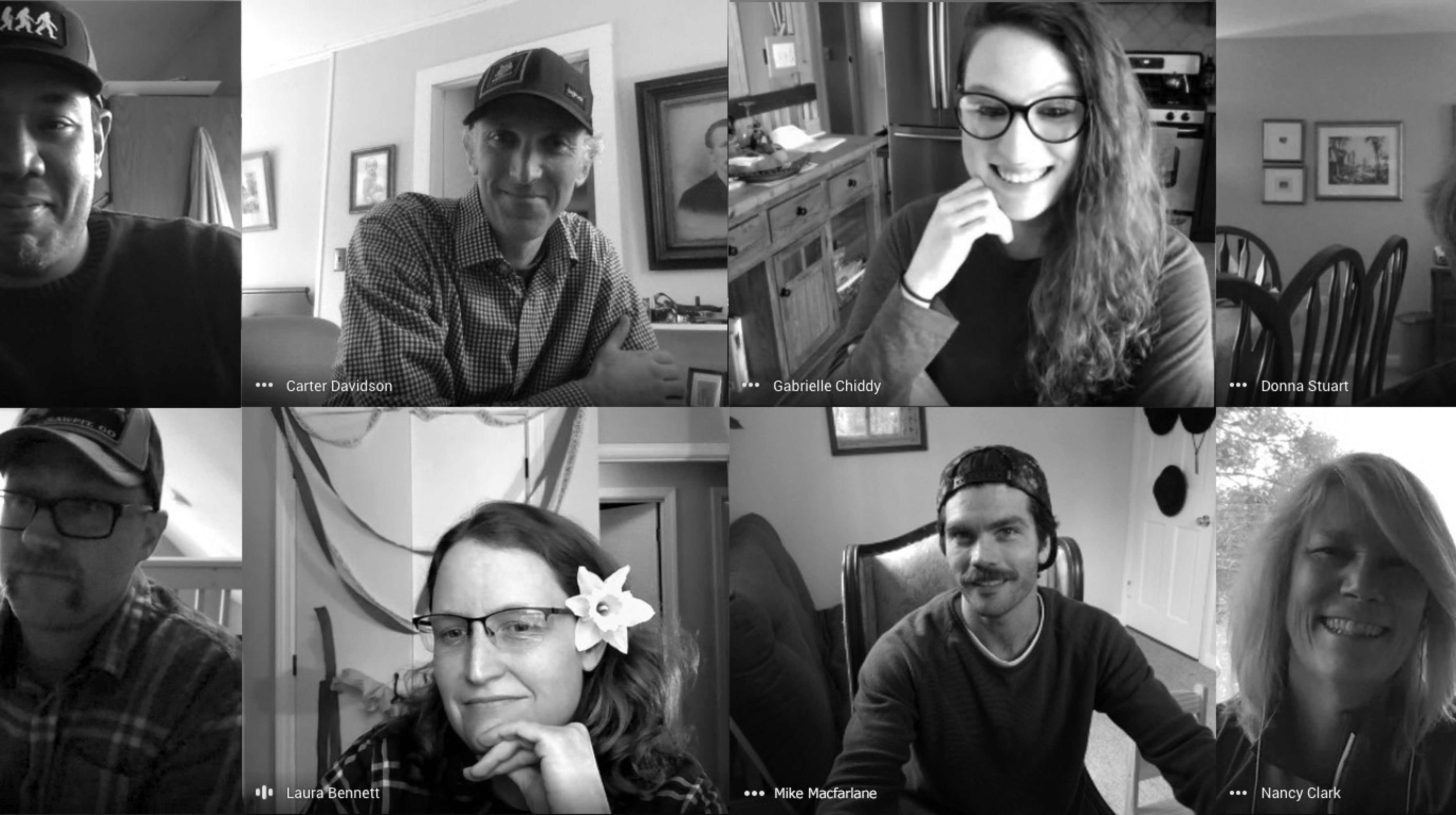
The Human Element
Be Ready to Change
You may have had a social media strategy that worked for years, but it might not work now. Whether Instagram, Twitter, Facebook, LinkedIn or another social platform, social media is changing. Consumers are looking for thoughtful messages and they’re paying close attention to images and videos. You shouldn’t just post pictures of people in groups, or talk about social activities like you might have before. Or if you do, you need to talk about it in the context of social distancing. Followers notice if a business is acting as if nothing has changed. As a business, you have to be ready to meet your audience where they’re at and adapt to this shift.
Your audience behaviors have changed. They may be online at different times of day now. Or, maybe they’re buying less than they typically would. This doesn’t mean that your social media accounts no longer have value; it just means that audience behavior is changing. But that’s ok, they’re still fans—that’s why they follow you—and you can still engage with them in other ways. To keep up with these shifts, you should constantly monitor trends. Know what your audience is watching, eating, browsing, playing, etc. This can be done by going into your account analytics and looking at your follower statistics and post performance. If you’re not set up as a business account, make sure to do that so you can access analytics.
So be ready to change. Show your audience how your business has changed and how you’re taking health precautions. Be ready to post at odd hours, to use different photos and to change your messaging. Listen to your audience; they’ll help you find the way.
Show the Human Element
People don’t connect with logos, colors or fonts. They connect with other humans. This is not new, but it’s more important than ever.
One way to capitalize on this is to showcase your business’s reality. Embrace it! Are you struggling with not allowing customers into your store? Are you being forced to shut down? We’re all in this together, and people are primed to hear content like that right now. Besides, they’re more likely to connect with you if they can relate to you on a human level.
Another tactic is simply to show more human faces. Psychologically speaking, creating closeness through the use of human faces is a tested approach—it works. Maybe you’re typically hesitant to show the faces of your business. It’s just not your style. We understand it’s not necessarily the right content for every brand. However, whether they are your faces or customer faces, showing them will go a long way towards making connections with people in a time when they’re craving connections.
Engage
People are seeking human connection. And now, more than ever, they are craving it. So engage with them, and even better, offer them opportunities to engage.
How can you engage with your audience? The first simple step is to answer every comment, even if it’s a simple “Thank you!” Or if you really have nothing to contribute, at least like their comment.
Brands like Wendy’s play the engagement game like no other. As a fast-food company, they don’t need to be serious on their social media platforms. They know who they are and how they can speak to their audience. So they’ve adopted a sarcastic and playful tone, which has universal appeal. Of course, you can’t run off and just start making quips and tossing off jokes just because it worked for a couple of brands. Which takes us to the next point…
Know your voice. Is your brand serious and informational? Is it a little playful and perhaps a little inquisitive? Review your brand pillars and brand voice to understand how your brand can speak to your audience.
Follow others and engage with their content. There is a give-and-take attitude in social media. You can’t expect to gain followers if you’re not engaging with their content as well. Make comments, start a conversation, like their content, and you’ll find their followers may start following you, as well.
Offer Value
You’re closed and can’t sell to your audience, but what can you do with your spare time to keep them invested in you? Again, this goes back to keeping it human and relatable.
Be a resource for them. During a crisis, there should be no shortage of information. The more brands that participate in ensuring the safety and well-being of their customers, the more the customers are going to remember them after the crisis has subsided.
For example: Just because the local Chamber of Commerce already has the same crisis communications on their website doesn’t mean you don’t post them. If you prefer, you can post a link to your local Chamber’s page of resources.
Depending on the kind of business that you are, think about the most relevant information that you can post for your audience.
What’s at the heart of your business? Is it family? Friends (social gatherings)? Provide warm and sincere messages relating to these kinds of themes.
Take part in local initiatives. It’s one thing to join national initiatives–especially if you’re a Fortune 500 company–but contributing to a local community is far more powerful and impactful. Your employees and their families are likely local. Their kids go to the schools nearby. They shop and dine locally. These are boots on the ground, and seeing and knowing these faces–while the company they work for is contributing to the community in a meaningful way—increases the effect exponentially. Plus, your contributions to the community during a crisis could actually save lives.
Lastly, not everything has to be promoting a sale. It doesn’t have to even directly relate to your product. Just offering something you think will be beneficial to your audience and their real-world concerns can go a long way.




